Mountain forest management in Natura 2000 sites: networking seminar – Save the date!
Boubin primeval forest - Šumava Landscape Protected Area, Czech Republic - photo V. Hošek
Networking Seminar: Mountain Forest Habitats in the Continental Region
7-9 November 2017, Sumava National Park (CZ)
EUROPARC, in cooperation with Šumava National Park (CZ), and with the support of EUROPARC Central Eastern Europe Section, is organising a Networking Seminar to address issues related to the management of Mountain Forest Habitats in the Continental Region. The two days seminar, addressed to managers, experts and authorities with responsibilities for site management, will give the opportunity to exchange practical experience in management of mountain forests as part of Natura 2000 sites.
New scientific findings will be presented, contributing to improve the understanding of natural processes in mountain forests in the Continental region and there will be opportunity for participants to present and share their case studies.
This networking event brings forward the discussion started in the course of the Continental Biogeographical Seminar, which took place in Luxembourg in June 2015. More information on the program and details for registrations will be soon available.
Download the draft programme
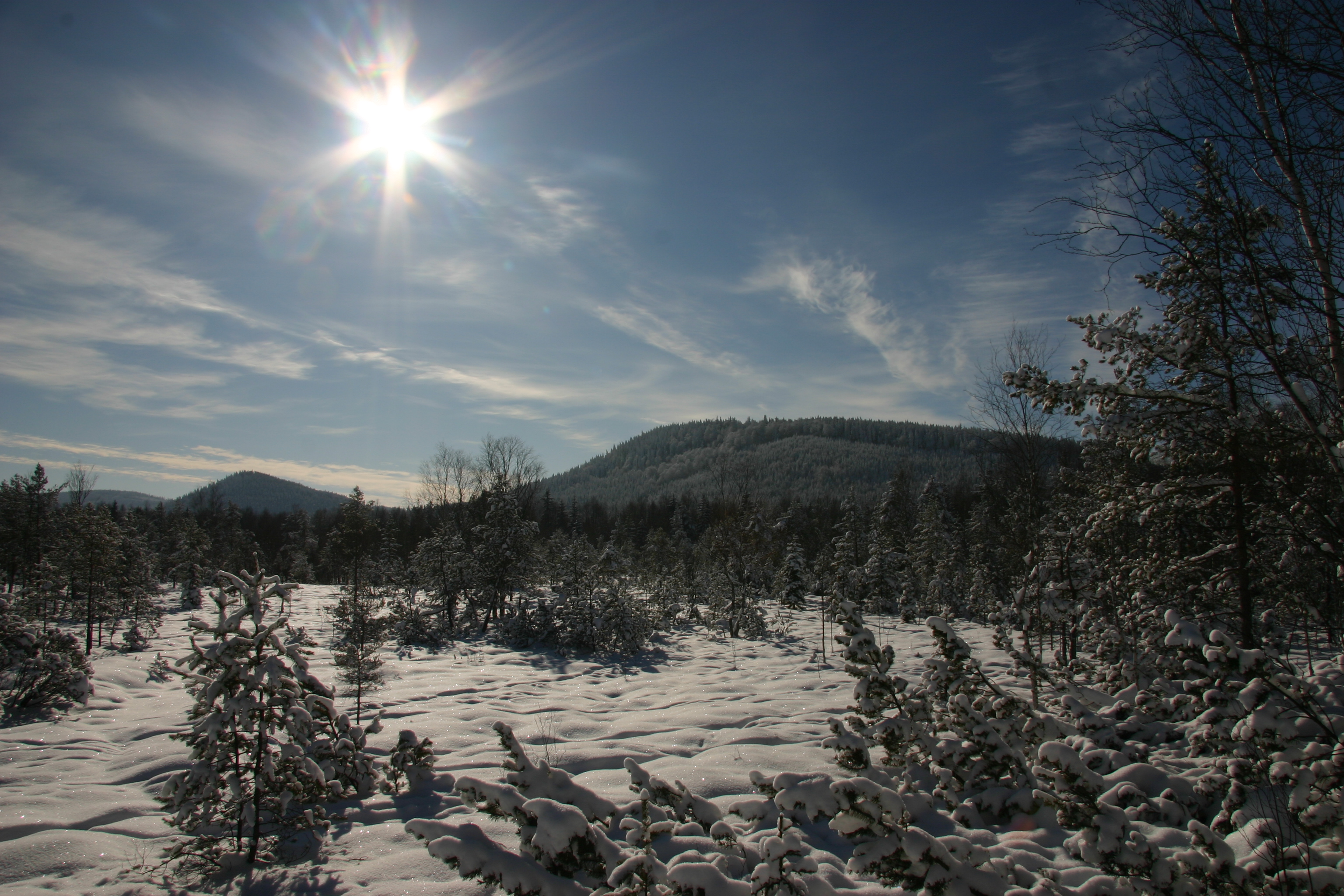
The Chalupská moor near Borová , Sumava National Park, Czech Republic – photo by Hana Rosenkranzová
Mountain Forest Habitats
In the course of recent years, the management of mountain forest habitat types has become a more challenging priority for managing authorities at European level. In particular, in the Continental region, managers are being confronted with several issues, mainly related to bark beetle infestations, water regime maintenance, and restoration and, in many cases, also the need to plan and structure cross border cooperation regimes. In addition, considering that significant parts of mountain areas are also designated by national legislation for the protection of natural processes, this adds more complexities for harmonizing plans, setting conservation objectives and for the implementation of conservation measures.
The long lasting experience of the Sumava National Park in the management of Mountain forest, together with the fruitful cross-border cooperation established with the Bavarian Forest National Park, will offer an important baseline for a constructive learning exchange among participants. During the course of the seminar case studies will be presented focusing on restoration of water regime, bark beetle management, nature based forest management and impact of those measures on Natura 2000 sites and their targets. A site visit to the Bohemian forest will contribute to maintain a strong connection between theory and practice for the effective management of mountain forest habitats.
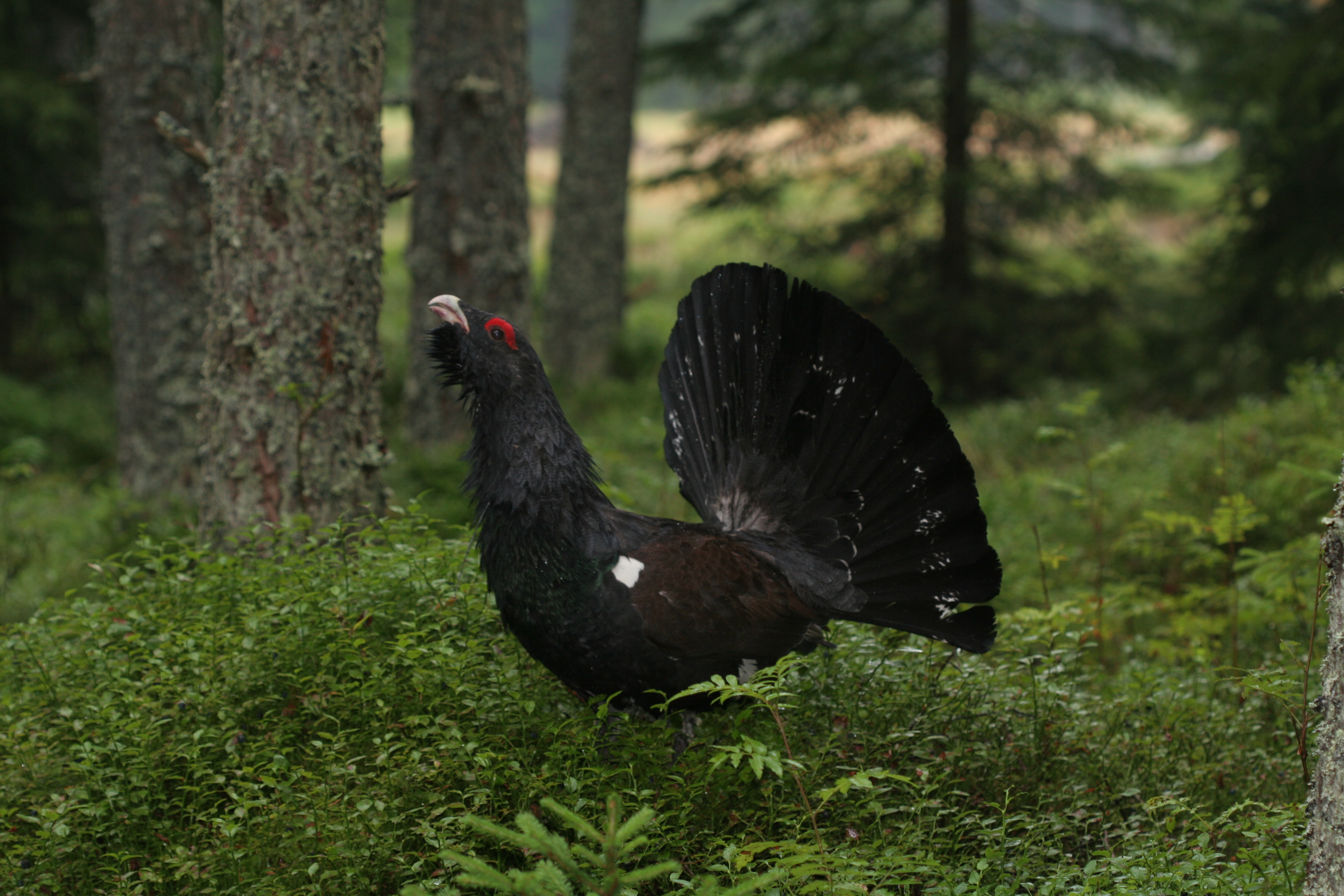
The western capercaillie (Tetrao urogallus) is seriously threatened by habitat degradation, particularly conversion of diverse native forest into often single-species timber plantations. However, there is a stable population living in the Sumava National Park (CZ) representing one of the few larger Capercaillie populations residing in medium altitude mountains in central Europe. Photo by Marek Drha, Sumava National Park (CZ)
Due to logistics restrictions, the Seminar will be open for a maximum of 40 participants. Registrations and full programme will be soon announced.

“Living Together”: Save the date for EUROPARC Large Carnivores networking event
Living Together: coexistence between people and large carnivores
12-14 October 2017
Venzone (UD), Prealpi Giulie Natural Park
EUROPARC is organising from the 12- 14th October 2017 a workshop on Coexistence between people and large carnivores in partnership with the Prealpi Giulie Natural Park (IT) and the support of ELO – the European Landowners Organisation. This event will also be part of the networking initiatives promoted within the framework of the Natura 2000 Biogeographical Process in the Alpine Region.
The event will support progress towards more effective management and protection of large carnivores, in coordination and with the involvement of the European Platform on coexistence between people and large carnivores and the WISO Platform of the Alpine Convention. The focus of the event will mainly be on the Alpine Region, but, as a cross-cutting topic, it’s open to other regions.
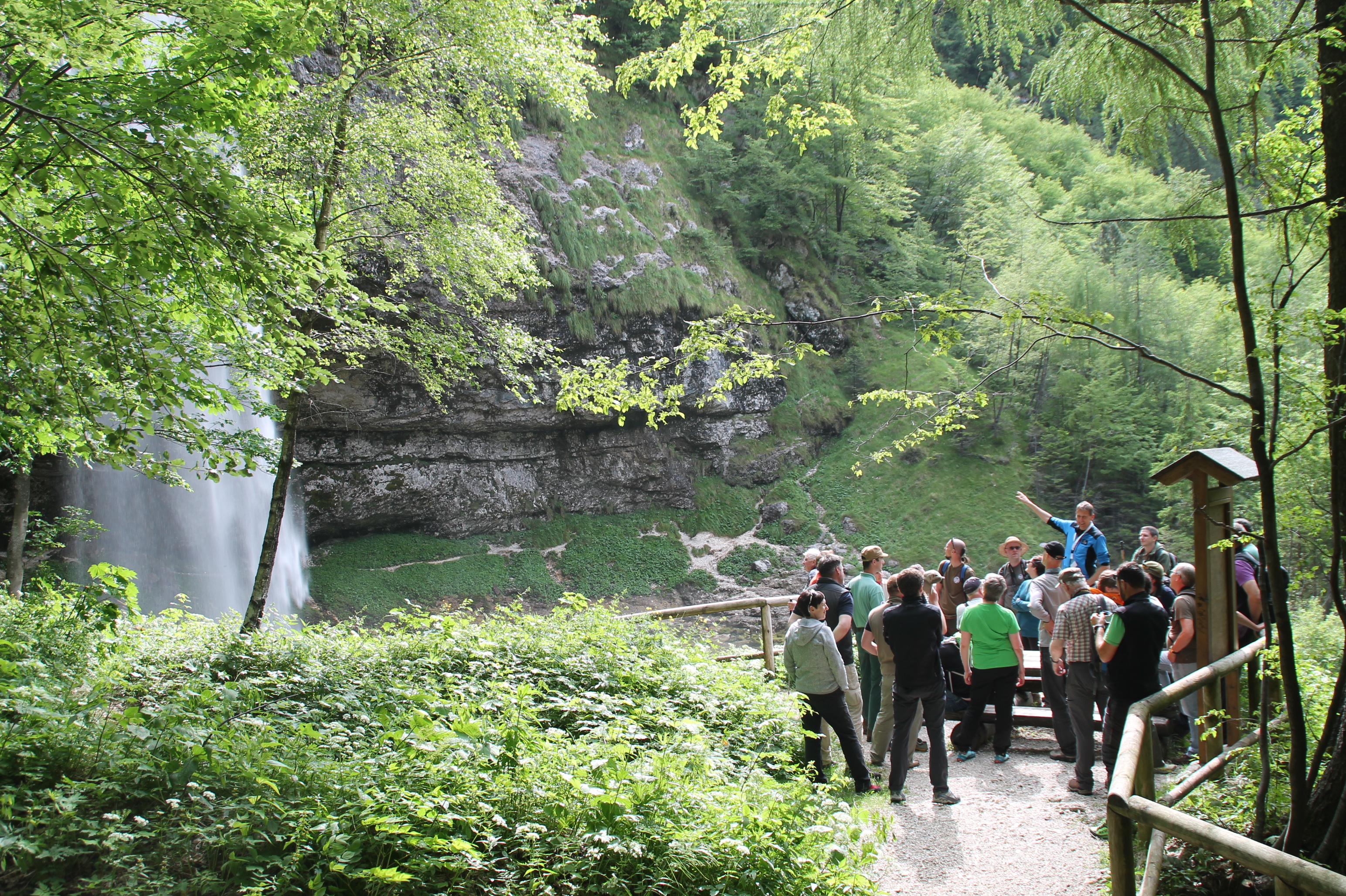
Field trip in Prealpi Giulie Nature Park (IT) 2017 – TransParcNet Meeting in the Julian Alps Transboundary Ecoregion
This initiative will provide a good opportunity to further discuss the relation between human and large carnivores and to share good practices for a better management of species and for the prevention and resolution of conflicts across the EU. The event will facilitate the sharing of expertise across multiple regions, providing a platform to follow-up on large carnivores discussions that started in the course of the recent Alpine Seminar, in Italy, and in the Boreal Seminar, last year in Lithuania.
Looking from different angles: a multi-stakeholder approach
The workshop is designed to be inclusive and will be developed to ensure an integrated audience of stakeholders. A primary purpose of the workshop will be to facilitate multi-stakeholder dialogue: in this respect, farmers, hunters, and tourism businesses will play a crucial role, presenting their views and sharing their practical expertise on the subject. The target species for the workshop will be the Brown Bear, the Wolf, and the Lynx.
Case studies and experience of large carnivore management, as well as initiatives for coexistence, will be presented. The location is in a transboundary Alpine area, at the border between Italy and Slovenia, which includes a large number of Protected Areas and Natura 2000 Sites. The event will be open to Member States and stakeholders from all biogeographic regions.
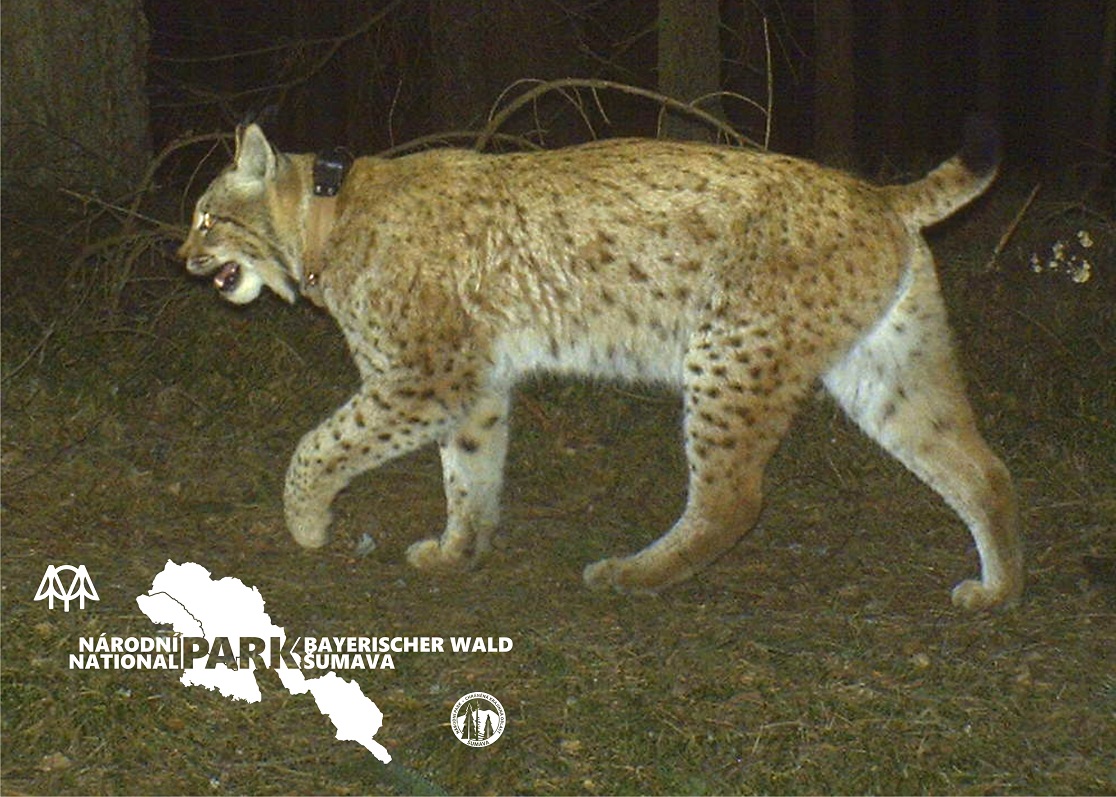
The Eurasian Lynx is one of the most threatened species in the Transboundary ecoregion encompassed by the Sumava National Park (Czech Republic) and Bavarian Forest National Park (Germany)
Programme overview
The workshop will take place over three days, with a mix of thematic and interactive dialogue building sessions. A site visit to a local farm will be part of the programme. During the workshop the following aspects will be considered and discussed:
- The role of stakeholders;
- The role of Natura 2000 sites and Protected Areas’ management authorities and public institutions;
- Legislative and financial tools for coexistence;
- Technologies and tools for coexistence (what is already available, what is being tested and developed, innovative projects);
- Awareness raising and environmental education for coexistence.
The programme will include the following case studies (other case studies for presentation are currently being considered):
- Life project WolfAlps – http://www.lifewolfalps.eu/en/the-partnership-2/
- Life project DinAlpBear – http://dinalpbear.eu/project/project-area/
- Interreg Alpine Space – AlpBioNet 2030
- The Bears village – http://www.villaggiodegliorsi.it
During the workshop, the EU platform for coexistence between people and large carnivores will also present some of the best practices identified over recent years. An interactive knowledge market will be held where case studies and projects on coexistence will be presented and shared among participants.
Soon, the final programme will be released, as well as the registrations.
For more information please contact: Federico Minozzi – f.minozzi @ europarc.org.
Why should we become a Sustainable Destination? The answers from Kullaberg Nature Reserve
Kullaberg Nature Reserve, Sweden
The Kullaberg Nature Reserve is the first Swedish Park applying the methodology of the European Charter for Sustainable Tourism in Protected Areas (ECSTPA) in order to become a Sustainable Destination. If their evaluation is successful, they will be awarded in December 2017 at the EU Parliament, Brussels.
We wanted to know what drives a Protected Area to apply the Charter methodology, so we have asked Jimena Castillo, Environmental Projects Coordinator and responsible for the charter implementation in the Park, some interesting questions…
article issued by Jimena Castillo
We, at the Kullaberg Nature Reserve (Kullaberg), are lucky to live and work in a unique place… The Kullaberg is located in the northwest corner of Scania province in Sweden. The peninsula is surrounded by the mixed salt waters from Skagerraky and brackish waters of the Baltic Sea, which enables favorable conditions for the habitat of a unique marine and terrestrial flora and fauna. We are part of the Natura 2000 network, and, at the same time, a tourism hot spot during summertime, receiving over 500.000 visitors per year. Of course, it is challenging to balance our major task of biodiversity conservation with contrasting interests of multiple stakeholders in the area.
What motivated the Kullaberg to apply for the ECSTPA?
We experience crowding issues and inevitable conflicts between different visitors categories, local community, and businesses. We felt that there was a need for a tool that would lower the pressure on the environment and promote social resilience in and around Kullaberg, at the same time making this protected area a sustainable tourism destination. So after attending one of EUROPARC conferences a couple of years ago, we realized that the European Charter for Sustainable Tourism (ECSTPA) might be exactly the tool that we were looking for.
After careful consideration, we decided to give it a try! So, following good practices of many other protected areas in EU, Kullaberg Nature Reserve and the County Administrative Board of Scania have applied to become certified as a sustainable tourism destination.
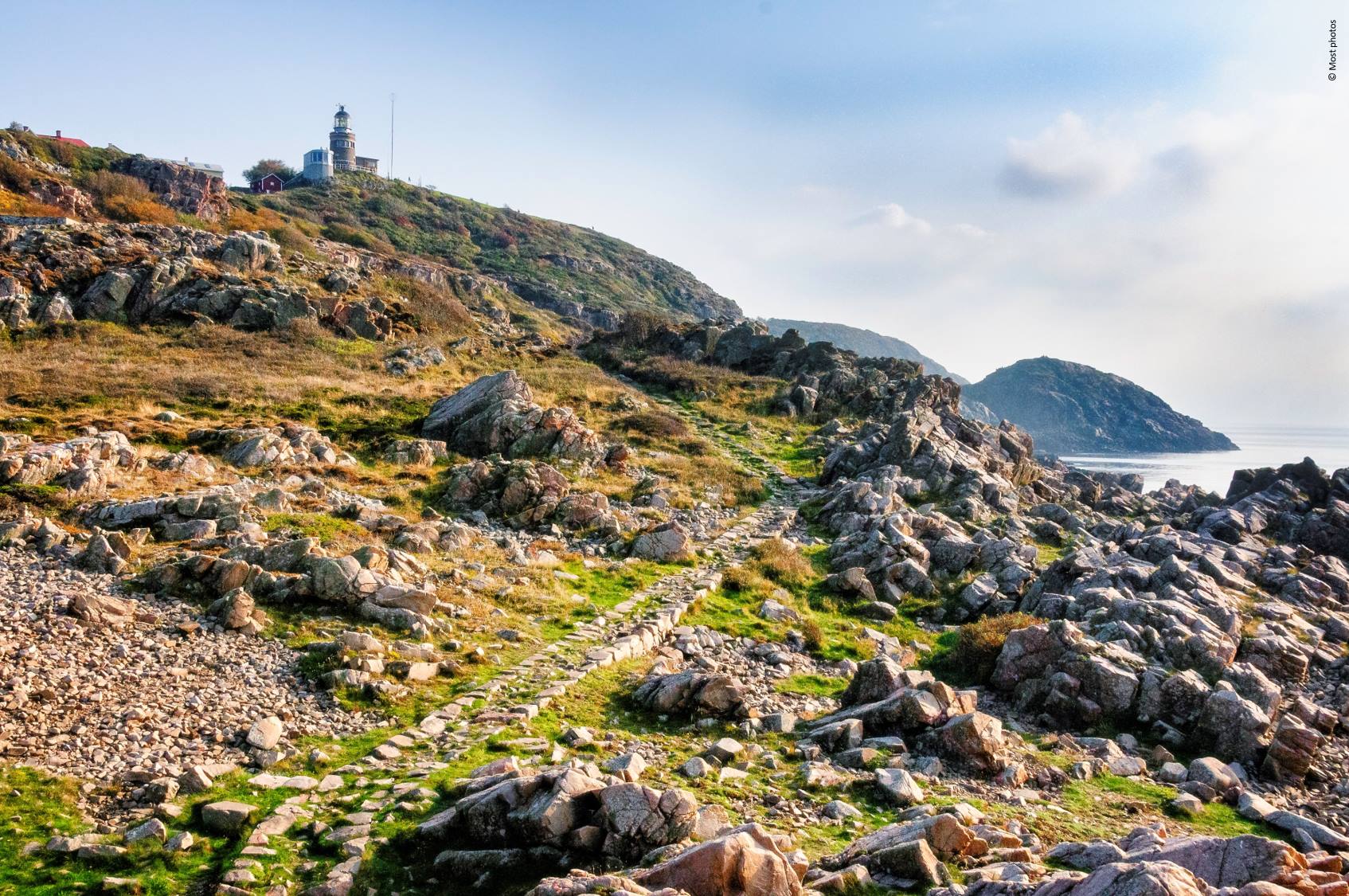
How was the process so far?
Since we are the first destination in Sweden applying for ECSTPA, we, of course, faced several challenges along the way. People were suspicious about this idea at first, and it took us some time to educate, explain and localize the idea. We had to allocate proper resources within our team, be inventive in forming new partnerships, and create an inspiring vision for both stakeholders involved as well as general public. Now we have a “green light” from both local authorities and community.
The bright side of the process was the opportunity to raise awareness about the importance of sustainability and tourism management and at the same time the focus on improving human well-being.
With the establishment of the Tourism Forum and planning activities for the next five years, we substantially improved public participation and tried our best to bring all interested parties on board making the process as democratic as possible.
We feel that both Kullaberg Nature Reserve team and local community benefit greatly from participating in this process and we actually managed to come up with some great ideas for the next five years (period of certification 2017-21).
The certification process it´s been an eccentric journey for the working team. This journey gave me the opportunity to understand the environmental management from a holistic perspective, considering many social and economic factors. Daniel Åberg, the site manager, sees the Charter as an important tool to improve the cooperation with stakeholders and the community in order to have a more transparent management of the Nature Reserve.
Where do you expect to be in 5-years time?
We think about the Charter as a tool to contribute to local development through sustainable tourism management. But most importantly, it’s done for the local people who should become stewards of this destination. So in five-years time we hope to have substantially improved tourism management system maintained by the local community. Also, in case of the success of the ECST in Kullaberg, it would be great to replicate the scheme in other protected areas in Sweden, thus contributing to sustainable development on a national scale.
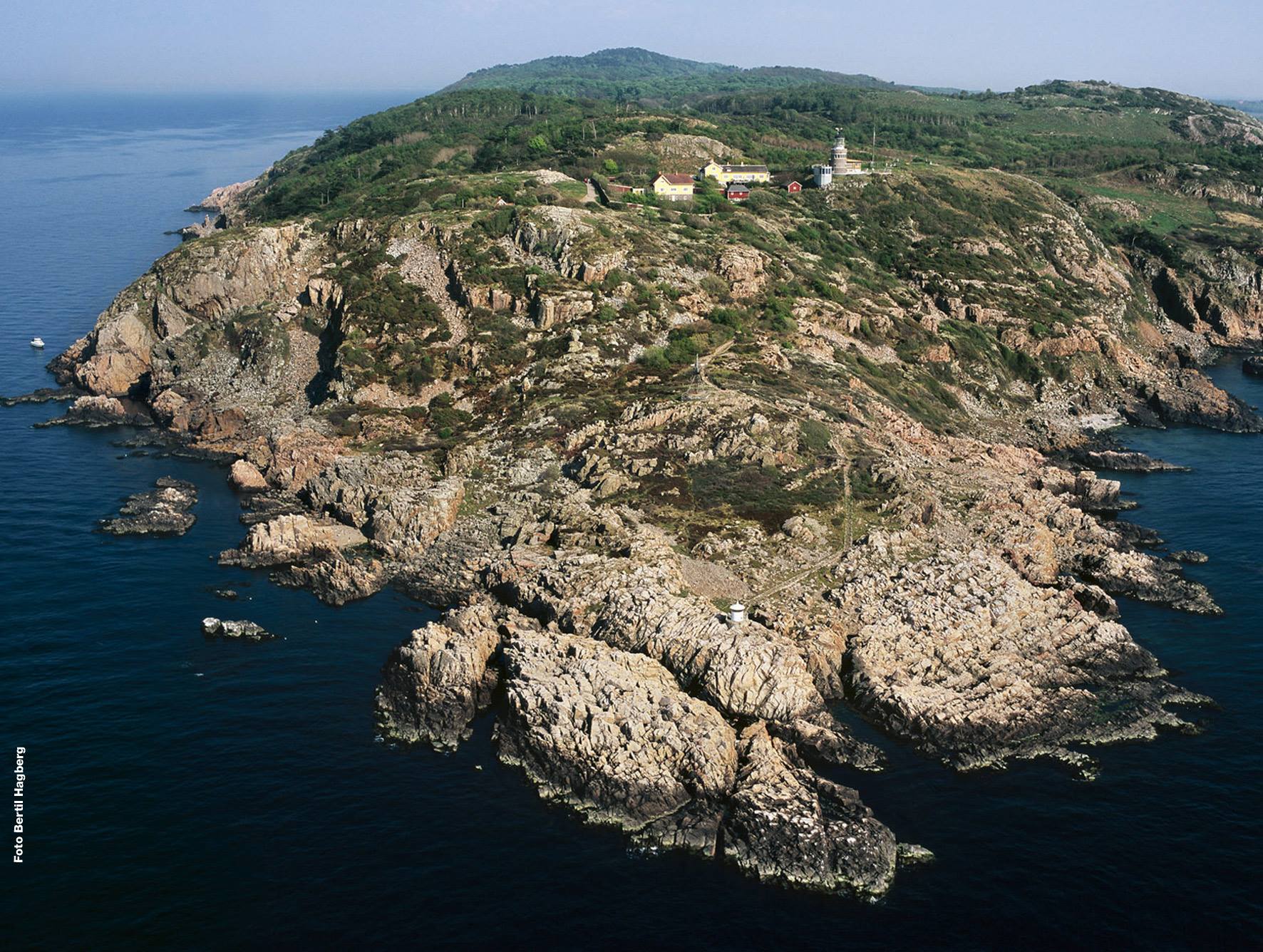
Kullaberg Nature Reserve, Sweden
about the author
Jimena Castillo has been working in Kullaberg since 2012. She became interested in the Charter during the 2014 EUROPARC conference (Ireland) where she participated in a workshop about the Charter experience in La Garrotxa Volcanic Zone Natural Park. It was during the same conference that she had the opportunity to meet the director of EUROPARC Spain, Marta Múgica. They decided to establish a cooperation work in 2015, due to the Spanish section experience in the ECST – this cooperation has been essential in order to accomplish all the procedures to become a sustainable tourism destination.
Webinar: Tourism Strategies in Marine Protected Areas
EUROPARC Webinar
Tourism Strategies in Marine Protected Areas
18th July 2017, 14:30 CEST (Central and Eastern Europe Summer Time)
For over 20 years, EUROPARC has been supporting Protected Areas becoming Sustainable Destinations, with the development of the European Charter for Sustainable Tourism in Protected Areas (ECSTPA).
The aim of all Charter projects and activities is the protection of the natural and cultural heritage along with the continuous improvement of tourism for the Park, its visitors, local population, and businesses. Among our network of 157 Sustainable Destinations, we invited 3 Marine Protected Areas to share with us the important work they are doing at tourism level.
On this EUROPARC webinar, we will hear how the Andalucian Government (Spain) is monitoring and regulating the tourism activities within the Strait of Gibraltar; and will get to know the efforts of Cinque Terre National Park and MPA to have a more inclusive and accessible underwater tourism.
The webinar will be presented by Teresa Pastor, Ph.D from the University of Barcelona in Marine conservation, and currently Project and Policy Development Manager at the EUROPARC Federation. Teresa has a deep knowledge about the Mediterranean basin, due to her thesis on the highly endangered Mediterranean monk seal, and for the past years has been working with protected areas from across Europe. She will provide us an overview of the impact of human activity on fragile marine ecosystems and introduce the importance of developing sustainable tourism strategies in Marine Protected Areas.
Two case studies from the Charter Network, EUROPARC’s network of Sustainable Destinations, will be presented:
Case Study 1 – The underwater trail for disabled scuba divers
by Claudio Valerani, Cinque Terre National Park, Riomaggiore Province of La Spezia, Italy
In Cinque Terre National Park and Cinque Terre Marine Protected Area (MPA), the administration proposed a project of sustainable water tourism for disabled scuba divers and snorkels: an underwater trail, guided by a rope, on the amazing bottom of the MPA. The trail – a circle design of 18 meters under water – is easily accessible to every type of visitors, including handicapped divers. The Park assists the disabled scuba divers through a specialized tour with expert guides and, with the support of underwater microphones and special masks, they provide a safety and unforgettable experience under water.
Claudio Valerani Graduated in Environmental Toxicology and since 2004 is a collaborator of the Marine Protected Area of the Cinque Terre and is part of the MPA Park Office.
Case Study 2 – Management and promotion of sustainable tourism activities in the MPAs around the Strait of Gibraltar
by Soledad Vivas, Agency of Environment and Water, Regional Government of Andalucía, Spain
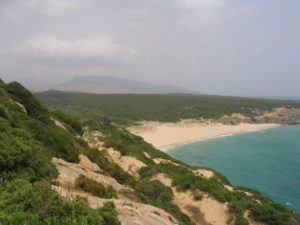
Parque Natural del Estrecho, Andalucia, Spain
The coast of Andalucia is heavily influenced by human activities – fishing, economic activities within the port, tourism and recreation, and urbanisation. The high impact of these activities on the marine ecosystems, encompassed by the Estrecho Nature Park and La Breña y Marismas del Barbate Nature Park, require effective measures to safeguard its natural values, without restricting the possibilities of development of the local population. To this end, the Andalusian Government has carried out a series in-depth studies to monitor and characterize the territorial sea, developed new laws to regulate tourism activities, and planned to implement projects that promote nautic activities based on new technologies and knowledge of the marine environment.
Soledad Vivas has a Phd in Biology and is the Coordinator and responsible, in the Agency of environment and water (Regional Government of Andalucía) of the activities related to the management and conservation of marine threatened species and habitats.